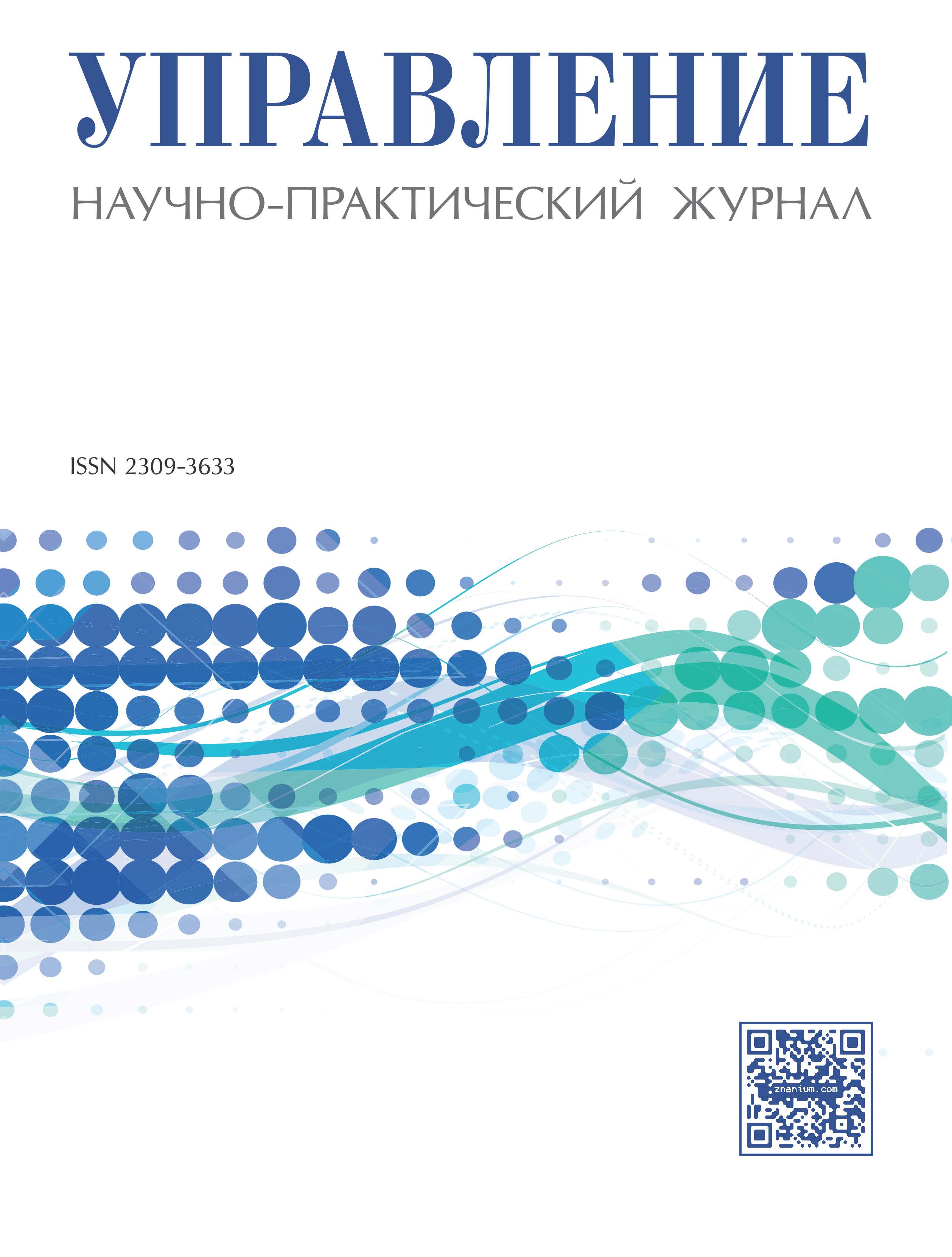Graduate School of Public Administration of Lomonosov Moscow State University (director)
Moscow, Russian Federation
This paper contains a brief on questions related to use of supercomputing technologies in social sciences, primarily - in terms of technical implementation of large-scale agent-focused models (AFM). The essence of this tool is that by increasing computers’ power it has become possible to describe a behavior of complex system’s many separate fragments. As a result, many thinkers’ dream to learn to explain a macro phenomenon based on its components behavior is becoming to reality. For example, physics, able to describe the behavior of elementary particles, have created a computer simulation of such particles’ large ensemble actions, and have begun to study this large ensemble’s behavior in the computer, not in the life. Thus, an artificial reality notion has appeared. In this paper the experience of foreign scientists and practitioners related to launch AFM using supercomputers, as well as on example of AFM developed in CEMI RAS, have been considered, steps and methods related to effective display of multiagent system’s calculating core on modern supercomputer architecture have been analyzed. This work has been financially supported by Russian Humanitarian Scientific Fund (grants № 14-02-00431 and № 12-02-00082).
agent-focused models, parallel computing, supercomputer technologies
Компьютерное моделирование — широчайшая, интереснейшая и интенсивно развивающаяся область исследований, востребованная сегодня практически во всех сферах человеческой деятельности. Агент-ориентированный подход к моделированию универсален и удобен для прикладных исследователей и практиков в силу своей наглядности, при этом предъявляет высокие требования к вычислительным ресурсам. Очевидно, что для прямого моделирования достаточно длительных социальных процессов в масштабах страны и планеты в целом требуются весьма значительные вычислительные мощности.
Суперкомпьютеры позволяют на несколько порядков увеличить число агентов и других количественных характеристик (узлов сети, размеров территории) моделей, первоначально разработанных для использования в обычных настольных компьютерах. Поэтому суперкомпьютерное моделирование является логичным и крайне желательным шагом для тех упрощенных моделей, которые уже прошли успешную практическую апробацию на обычных компьютерах. Увы, специфика архитектуры современных компьютеров вовсе не гарантирует, что программное обеспечение компьютерной модели немедленно заработает — и на суперкомпьютере.
Требуется как минимум распараллеливание счетного ядра, а зачастую и его глубокая оптимизация, поскольку в ином случае применение дорогостоящего суперкомпьютерного счета, скорее всего, себя не оправдает.
1. Makarov V.L., Bakhtizin A.R., Vasenin V.A., Roganov V.A., Trifonov I.A. Sredstva superkomp´yuternykh sistem dlya raboty s agent-orientirovannymi modelyami. Programmnaya inzheneriya. 2011. № 3.
2. Ambrosiano N. Avian Flu Modeled on Supercomputer. Los Alamos National Laboratory NewsLetter. 2006.Vol. 7. No. 8.
3. Bisset K., Chen J., Feng X., Kumar VSA, Marathe M. EpiFast: A fast algorithm for large scale realistic epidemic simulations on distributed memory systems. Yorktown Heights, New York; 2009:430-439. Proceedings of 23rd ACM International Conference on Supercomputing (ICS’09).
4. Collier N. Repast HPC Manual. [Elektronnyy resurs] February 23. Rezhim dostupa: http://repast.sourceforge.net (data obrashcheniya: may 2013 g.).
5. Deissenberg C., Hoog S. van der, Herbert D.. EURACE: A Massively Parallel Agent-Based Model of the European Economy. Document de Travail No. 2008. Vol. 39. 24 June.
6. Roberts D.J., Simoni D.A., Eubank S. (2007). A National Scale Microsimulation of Disease Outbreaks. RTI International. Research Triangle Park. Blacksburg: Virginia Bioinformatics Institute, 2009.
7. Epstein J.M., Axtell R.L. Growing Artificial Societies: Social Science from the Bottom Up. Ch. V. Cambridge, Massachusetts: MIT Press, 1996.
8. Epstein J.M. Modeling to Contain Pandemics. Nature, volume, 2009. 460, p 687, 6 August.
9. Keith R.B., Jiangzhuo C., Xizhou F., Anil Kumar V.S., Madhav V.M. EpiFast: A Fast Algorithm for Large Scale Realistic Epidemic Simulations on Distributed Memory Systems ICS’09, 2009. June 8-12. N.Y.: Yorktown Heights.
10. Parker J. A Flexible, Large-Scale, Distributed Agent Based Epidemic Model. Center on Social and Economic Dynamics. Working Paper, 2007). No. 52.
11. Lynar T.M., Herbert R.D., Chivers W.J. Implementing an Agent Based Auction Model on a Cluster of Reused Workstations. International J. of Computer Applications in Technology. 2009. Vol. 34. Issue 4.







